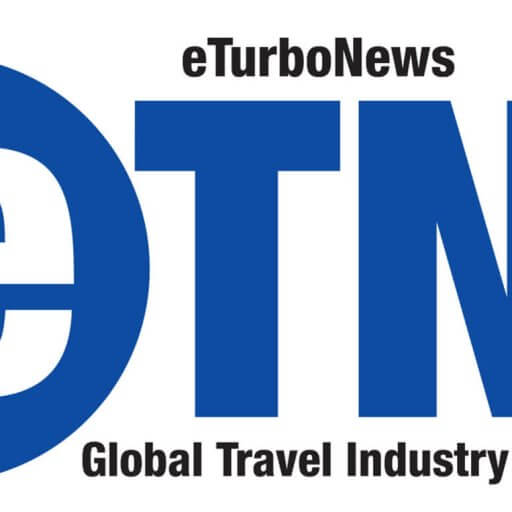Places of lodging have multiple challenges when it comes to issues of security and privacy, safety in general.
Over the last decade, multiple new offerings have joined the classical hotel or motel offerings. Today visitors have a variety of accommodations that range from guest houses, private homes that accept guests, all forms of bed-and-breakfasts, and sleeping pods for those who seek a few hours of relaxation while they travel. Ever since the COVID-19 pandemic much in the lodging industry has changed, not only in countries such as the United States, Canada, and European nations but throughout the world. To add to the post-COVID increase in tourism both terrorists and all sorts of criminals have found ways to take advantage of places of lodging. These security and safety challenges present themselves across a wide spectrum and include such issues as cyber security, personal and guest privacy, date breaches, pilferage, and robbery, acts of terrorism, and issues of biosafety and health.
To help you to consider some of the challenges Tourism Tidbits offers the following suggestions. Tourism Tidbits reminds its readers that they should take the ideas expressed in this article as mere suggestions and that readers should consult with legal, security and medical experts before making any decision.
In creating a secure environment be sure to:
-Define your challenges and problem(s). All too often tourism and travel professionals are so overwhelmed by issues of S&S (safety and security) that they fail to define which problems are central for their locale or business. For example, are the major challenges facing your place of lodging: the need to protect tourists not only from crimes against them but also from acts of terrorism, issues of health including outbreaks of infectious diseases such as meningitis. If you serve food, how do you know that the food and water are safe. Is your place of lodging prepared to deal with natural disasters such as earthquakes and floods, as well as man-made problems such as traffic accidents and equipment failures? Once you have defined the major threats to your locale make sure that the methods used to mitigate the problem are not only totally within the law but fit within your budget and the cultural mores of your community.
-Make sure that all employees are fully vetted. There is nothing more disastrous than an unlawful employee. Employees have the rights, at specific times, to enter a guest’s room to clean the room or to make repairs. Employees do not have the right to go through a guest’s personal belongings, use a guest’s personal property (including technical devices such as a computer0 or to photograph or film without expressed permission.
-Create and enforce guidelines. All employees should be trained and given written guidelines as to what is and is not acceptable behavior. Employees should receive regular refresher courses at least once a year and as new policies are need all employees should be updated on the most current policies.
-Identify new problems that will impact your part of the tourism/travel industry. Not only should current problems be addressed but it behooves the S&S professional to anticipate problems that may not yet have occurred. For example, in an ever more connected world with higher levels of technology places of lodging need to ensure consumer privacy while still maintaining a proper level of safety and security. Lodging professionals along with others in the travel and tourism industry will need to determine what are acceptable levels of risk, develop cross-cultural safety and security standards, and demonstrate the impact of safety and security to administrator’s worried about profitability.
-Never forget that places with high levels of good customer service tend to be the safest businesses. Tourism businesses that provide poor customer service send out a message that they do not care about the well-being of their guests. On the other hand, businesses in which employees tend to care about their guests tend to be safer. Creating an environment of caring is the first step toward good guest safety and security procedures.
-Determine who has responsibility to protect, inform, and to educate both our guests and employees. All too often, the travel and tourism industry has simply assumed that S&S is someone else’s responsibility. Be sure that the following is the place of lodging’s management’s responsibility.





